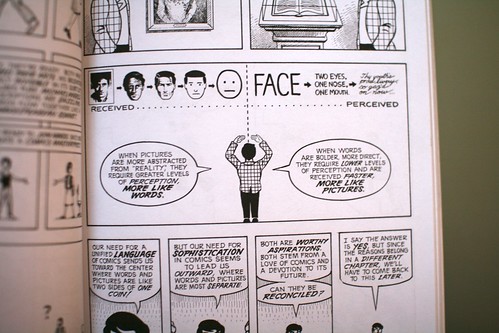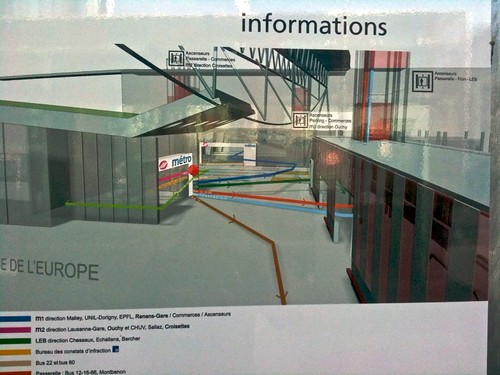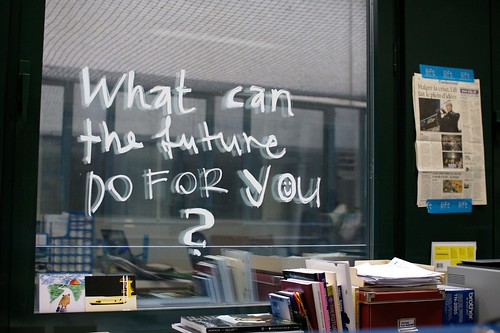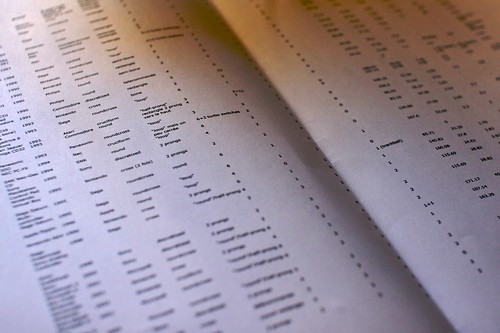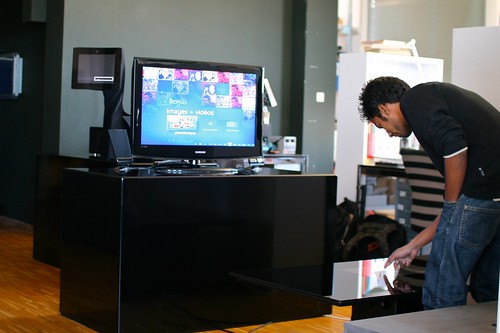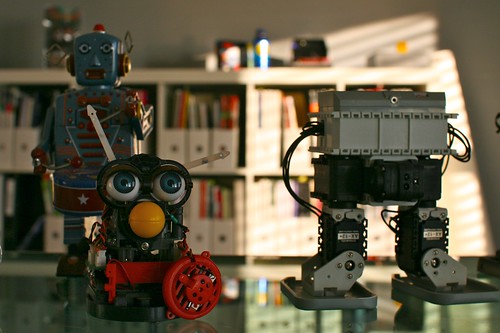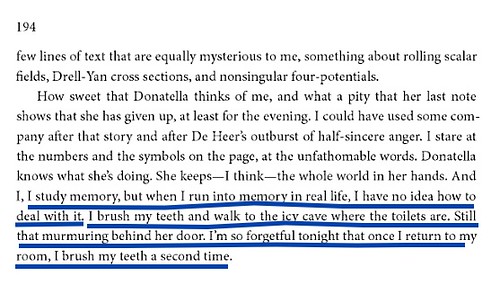Being interested in technical objects and futures research, I have listed here various approaches that I find interesting (it's not exhaustive).
Artifacts from the future (Wired)
In each issue of Wired magazine, at the end of the book, there's a page called "artifact from the future" that consists in a heavily photoshopped photo of an object supposedly common in the future. These visual elements depicts designers, researchers, pundits' prognostications about how the world "will look like in 10, 20 or 100 years". Yes, it's "will" not "may", as shown in this article. See some examples systematically listed by sceptycal futurist Stuart Candy

There's a lot of alternative ways to create similar account of the future. Think for instance about Future Feed Forward which looks like The Onion. But it's even more interesting when tools are made available to people who would want to create their own narratives with something like this The newspaper clipping generator (as a side note, I love their warning "Please do not use the names of real newspapers or persons").
Artifacts from the past
Of course, creating visual props of the future is one thing but there's a curious other possibilities: looking at present objects from a distant future. Some sort of archaeology from the future: you put yourself in the shoes of an observer who would find an object from the 21st Century and who would try to infer its meaning and usage. If you try to do this, an interesting issue will rapidly arise: how the future from which you have a point of view is like? Indeed, if you want to describe something, you need to have certain values/norms/standards/contextual elements to compare the object from the past to the practices of the future you're supposed to live in. Reading this French graphic novel called Constellations (first volume is downloadable here in PDF), I ran across these two pages at the end of the booklet (the banana is just meant to leave the booklet opened while I take the picture):
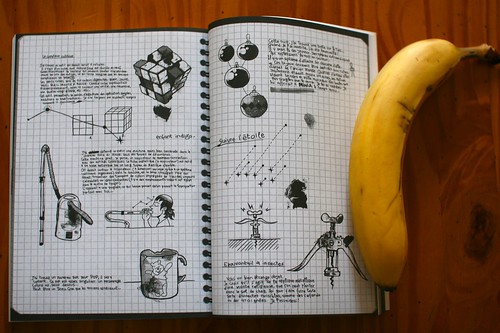
After the story itself, the two authors (Daryl and Popcube) invited friends as guest to give their perspective on their work. One of them, called Run, designed these two pages which show how artifacts from the past (a Rubik's cube, a vacuum cleaner, a Winnie-The-Pooh mug) were perceived by people from the future. The action takes place in a post-apocalyptic world in which - of course! - things from the past are no always available or in use because the industrial chain has vanished, because electricity is scarce and above all because people forgot about them. Each narrative (in French sorry) can be perceived as intriguing account of how people project a certain meaning based on surface characteristics: shapes, colors, characters, handles, etc. The Rubik's Cube is no longer understood as being a puzzle but the author shows how it is helpful to calculate using colored cubes and shape-shifting. At first glance, it looks very naive and done for the lulz but it's far more insightful than that; and I think undertaking this kind of activity is valuable for both design and futures research. This two pages should IMHO be a mandatory outcome of an exercise for my design students to force them thinking about affordances, form/function dialectics or research avenues.
Besides, this example reminds me that I should really spend more time digging what Michael Shanks is doing at Stanford Humanities Lab because it may be close to this angle.
Objects from the future produced in the past
The last category I find interesting during the sunny sunday morning is the idea of exploring objects from the future proposed in the past (this is triggered by my interest in design failure). Recently I collected lots of material from cyberpunk universes described in the 80s. The most interesting items came from my Role-Playing Games books which presented visually some cyberpunk artifacts to be used by characters. See some examples below (extracted from Cyberpunk 2020):



Why do I blog this? looking for curious exercises to be done in workshops or during my courses next year.






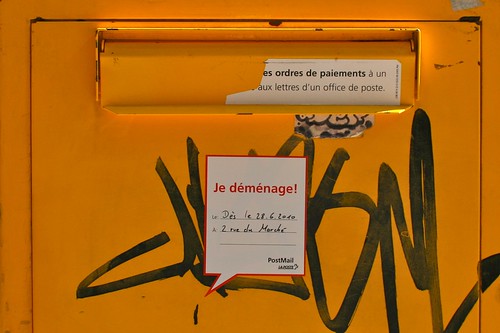 An interesting new form of signage recently appeared in our cities.
An interesting new form of signage recently appeared in our cities. 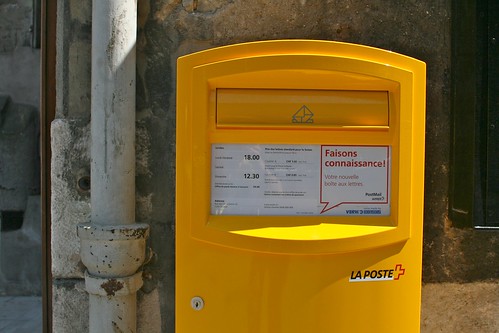









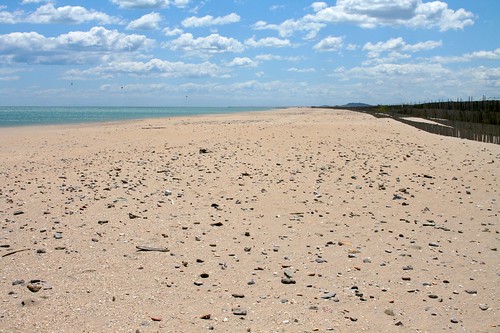 The week was short because I took few days off in the South of France to relax a bit, read some books, visit old cities and focus on reviewing projects from my students at the University of Art and Design in Geneva (HEAD-Geneva). They basically had to conduct a short field study about a topic of their own, observe people's practices and produce design implications for this. Some comments about their work:
The week was short because I took few days off in the South of France to relax a bit, read some books, visit old cities and focus on reviewing projects from my students at the University of Art and Design in Geneva (HEAD-Geneva). They basically had to conduct a short field study about a topic of their own, observe people's practices and produce design implications for this. Some comments about their work: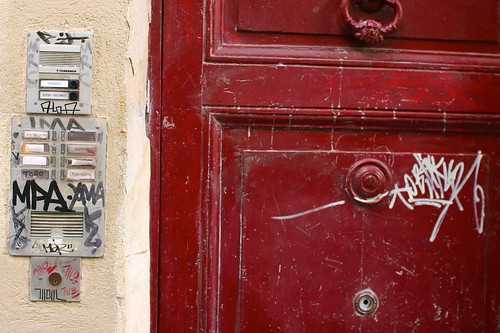
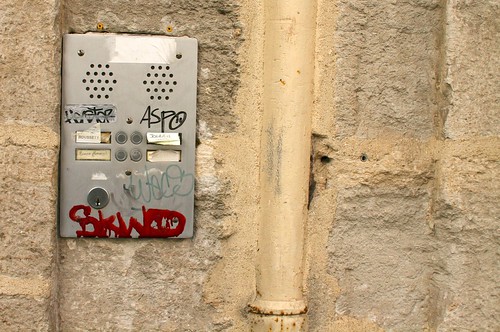
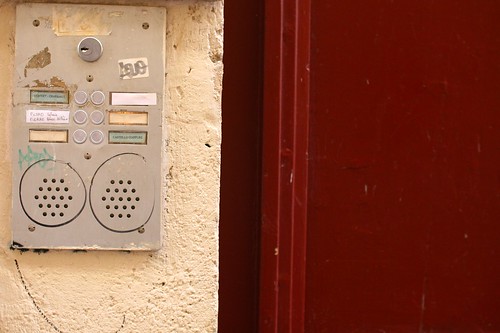
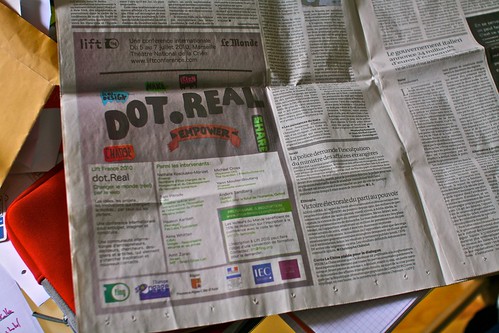
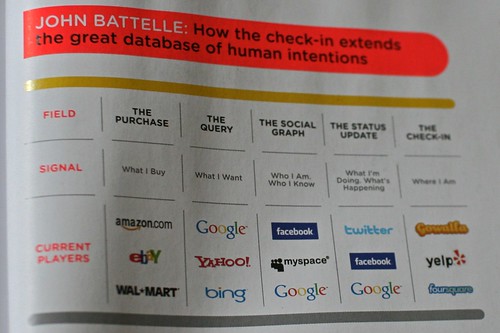




 Finally had some time to watch
Finally had some time to watch 

